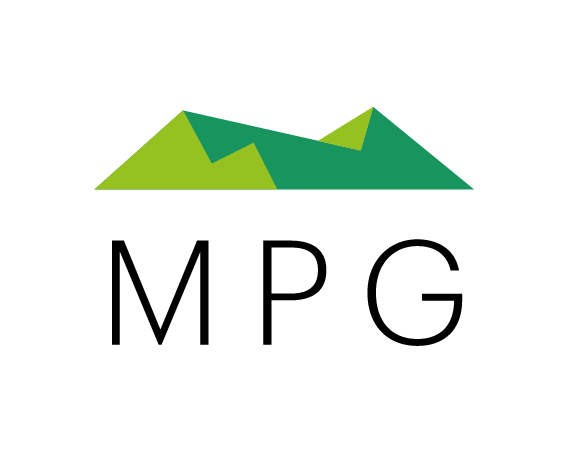How to produce an effective Dust Management Plan and Odour Management Plan
Dust Management Plans (DMP) and Odour Management Plans (OMP) are a requirement for many permitted waste sites. MPG’s Jessica Morgan-Smith recently caught up with Skip and Waste Magazine on how to produce DMPs and OMP’s in the latest issue. If you missed the original article, you can catch up below.
Permits typically have a condition stating that emissions shall not cause pollution or shall be free from odour at levels likely to cause pollution outside the site. These conditions aim to prevent the release of dust or odours outside of the site boundary and usually require the approval and implementation of a management plan if issues arise. Many permits now require approval of a DMP and/or OMP at application stage. It is, of course, best practice to have management systems in place whether or not your permit requires them if you treat waste that has the potential to cause dust or odour.
The EA provides guidance on the production of Management Plans for both dust and odour and it is worthwhile using this guidance to build your systems.
The first step in producing a DMP/OMP is to map out your current site operations, highlighting the high-risk areas i.e where is dust or odour most likely to be produced and released from.
The next step is to map out sensitive receptors around your site and the prevailing wind direction in order to assess, if there were to be an incident in your high risk areas, who or what could this impact.
It is also beneficial to map any other operations within the area that could also be high risk in terms of their dust or odour contribution (i.e. a local abattoir). This information may be helpful if you have a complaint or incident and provides useful background information to the regulators.
It is essential to document your control measures on site in the management system, including details on how any physical systems are maintained and the plans that are in place in case the systems fail.
Monitoring will form an important part of both management systems including the requirement for more generic, daily monitoring such as weather and wind direction. The implications of certain weather conditions, such as high winds or extreme temperatures, and the impact this has on your operation needs to be detailed. It is also important to include dust and odour in your site daily checks if you deal with waste that has the potential to release either or both. More formal monitoring may be required regularly or in response to a complaint or incident. It is important to detail your response to incidents and complaints and to ensure this procedure is followed in the event of either.
It is critical that operators train out management systems to all staff and contractors on site and have regular refresher training on the contents of the DMP/OMP. A good understanding of your management systems by all staff will be a key factor in reducing the potential of an emission release occurring in the first instance. It can also be beneficial to have staff formally trained in odour monitoring or ‘sniff testing’ if odour is a particular problem on your site.
Finally, it is important to ensure your management systems are regularly reviewed to check the information contained within it is up-to-date and to add any new operational information such as procedural changes i.e. all bays emptied at the end of each shift. The document should be reviewed if activities change, after a near miss, complaint or release.
A comprehensive dust or odour management plan that has been well trained out and understood by staff will minimise the likelihood of an emission release occurring from your site and will help to maintain compliance with your environmental permit.

